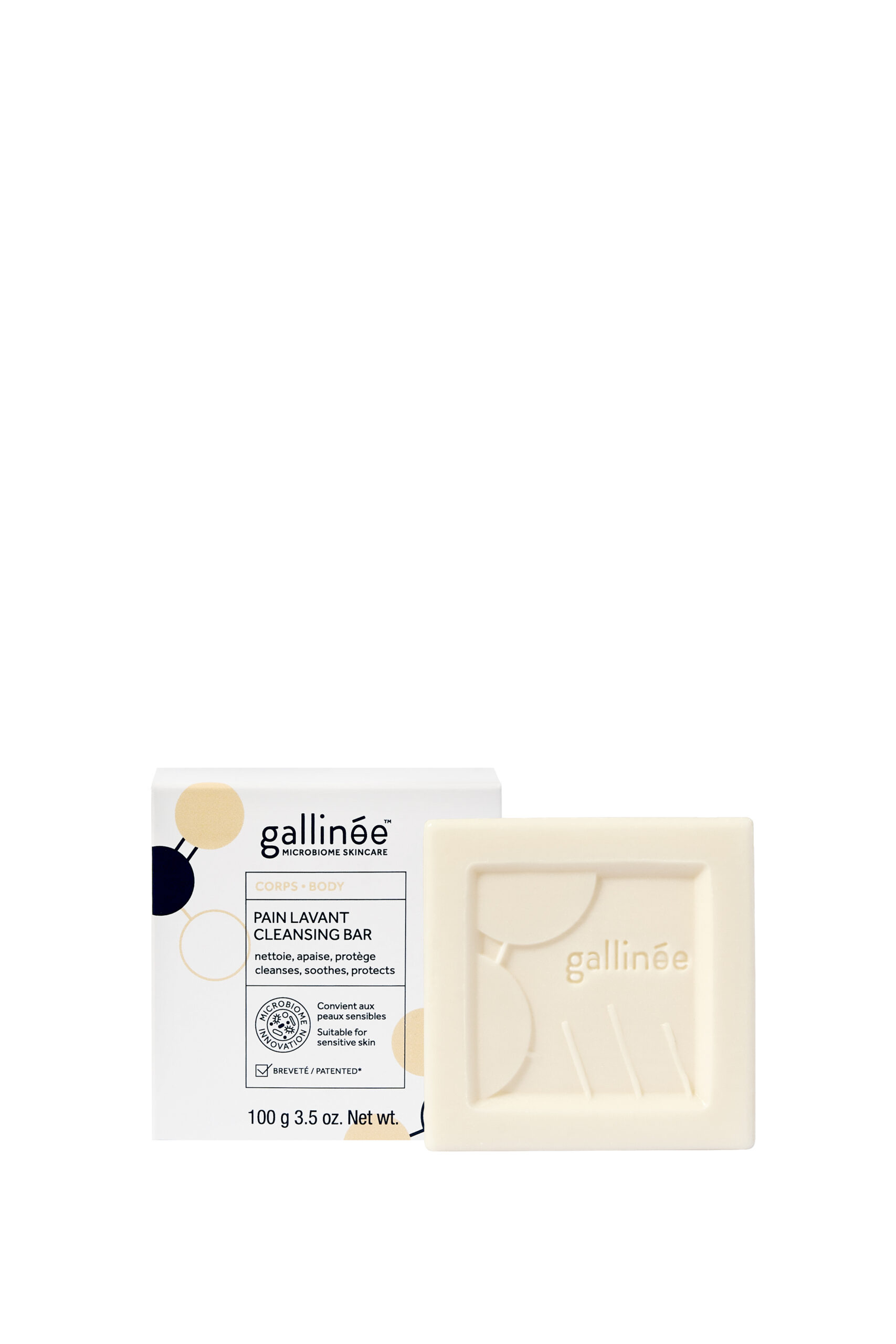Today I wanted to talk about a subject that is taking more importance every day at Gallinée, and in the world of beauty: Sustainability. The precise definition of the word is “avoidance of the depletion of natural resources in order to maintain an ecological balance.”
And in today’s non-stop stream of dark news for the planet, it makes sense that as a brand, we try to do exactly that. Also, it is so important for us because we see the planet as we see the body: an amazing ecosystem that should be respected as much as possible and interfered with as little as possible.
So how to be more sustainable as a beauty brand?
And what to look for when you’re shopping for other brands?
(In case you’re not only using exclusively Gallinée. It’s ok, we understand. We’re not sad, we’re just disappointed).
Here is a little checklist:
How are ingredients in the product sourced?
If they come from a natural source, is it a renewable one? If it’s natural, is it taking a lot of natural resources to arrive all the way to the product? For example, I always found products like saffron quite expensive for the planet: all this watering, space and labour for a very small result.
What’s interesting here:
It’s not because it’s natural that it’s sustainable. Quite counter-intuitive, but natural products use a lot of natural resources. It might be time for synthetic ingredients to make a comeback!
Thoughtful packaging:
The more I look into this issue, the more complex it becomes:
-Plastic is bad, but bioplastic takes a lot of water and natural resources.
-Recycled plastic is great, but usually comes from China and that’s a long way away.
-Glass is better, but heavier to carry around, so increase the carbon footprint.
So what should we do?
The secret is to progress on all fronts step by step, to keep getting better. At Gallinée, for example, we try to do concentrated products, so less water is used and carried. We have plastic packaging, but as light as possible, and with very little secondary packaging (the box around the product). Our Cleansing Bar is solid and plastic-free, which makes it our most sustainable product of the line-up (and he’s a bit smug about it sometimes).
Energy management:
Are the products local? Is the factory making them carbon neutral? Is there a waste management scheme in place?
Ethical business practices:
Is the company paying its employees and suppliers fairly? Are they participating in the local economy (are they paying their taxes)? Are they pushing for over-consumption?
The hard truth:
Nothing is black and white, and sustainability is a lot of grey. But consuming less is probably the key, and it’s all about continuous improvement. In the world of beauty, this means less product, more concentrated and therefore more effective. And of course, we choose products that are as respectful as possible: for the planet and for you!





















